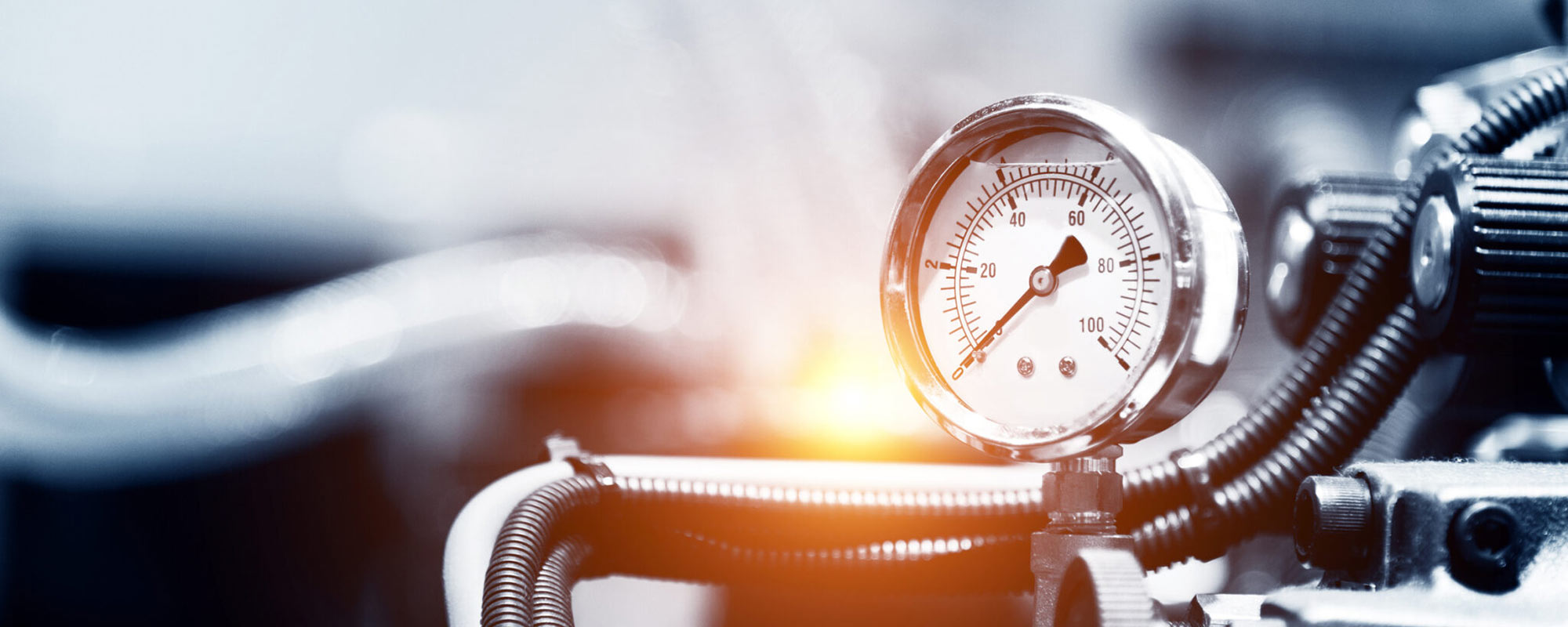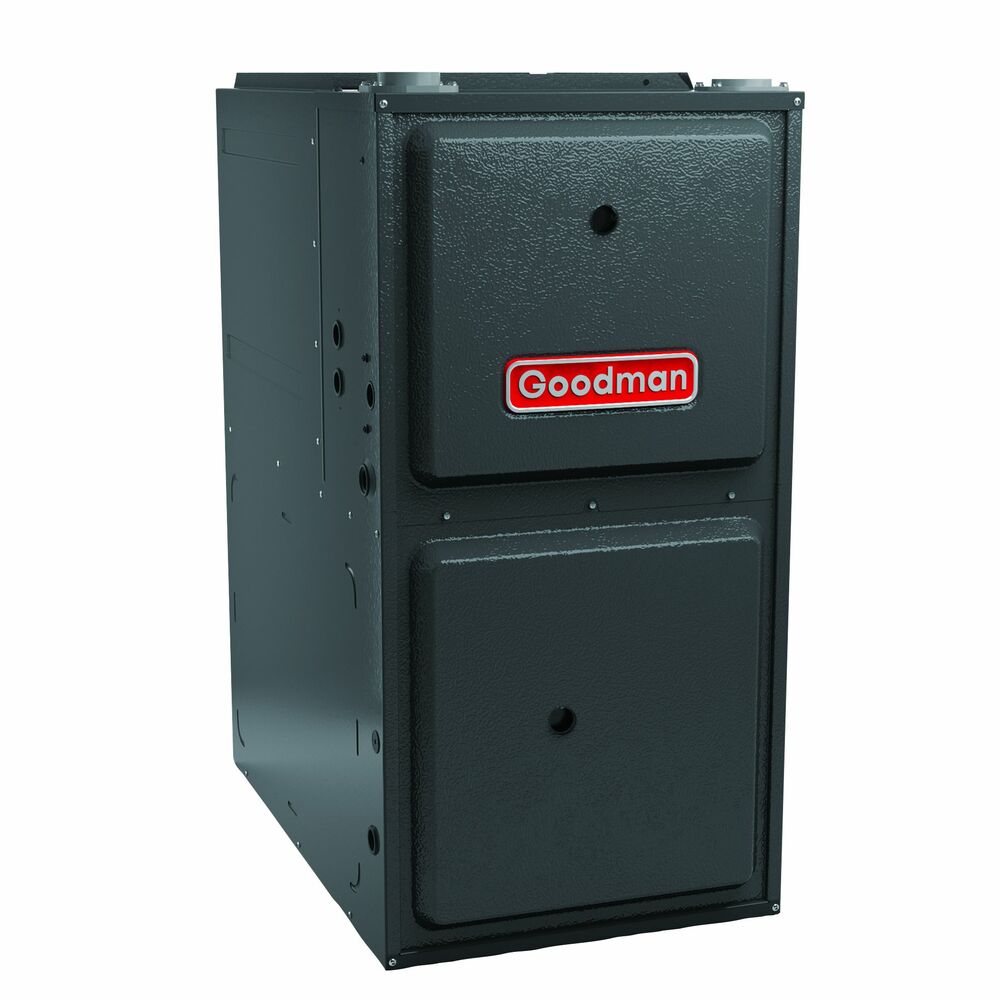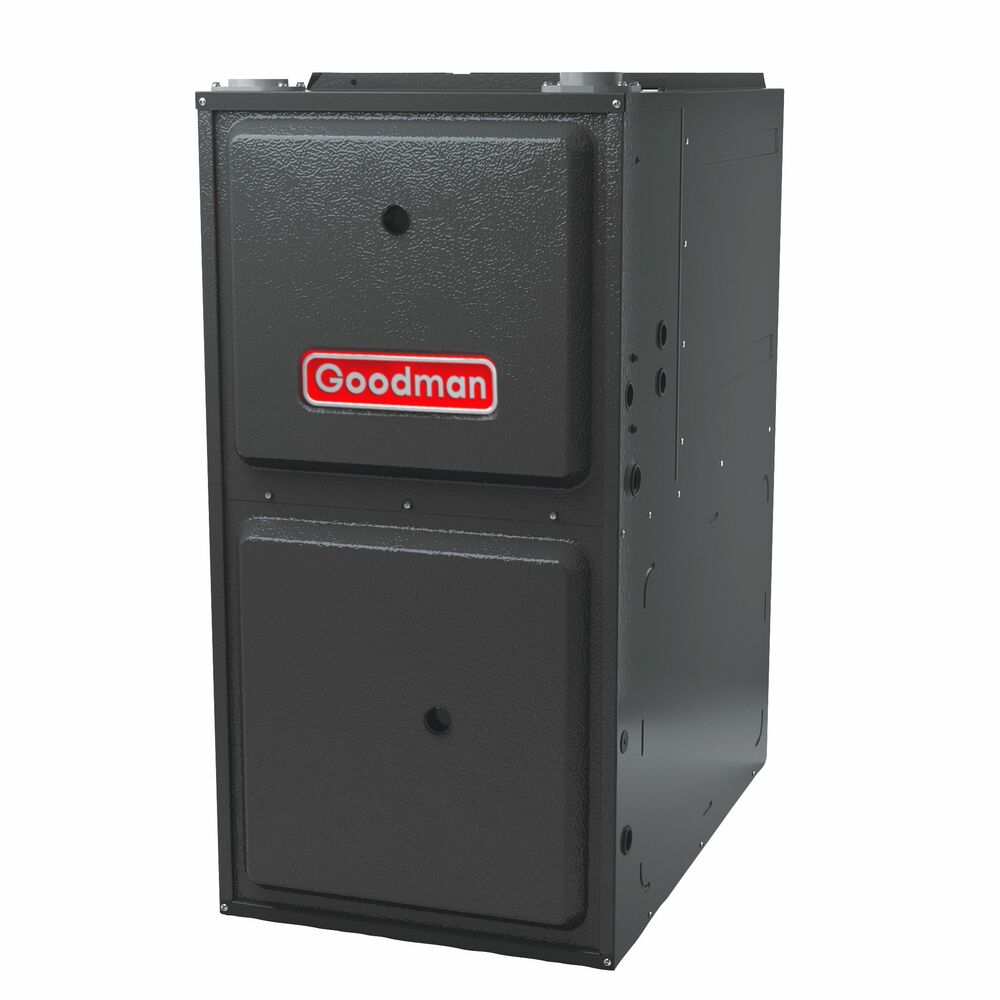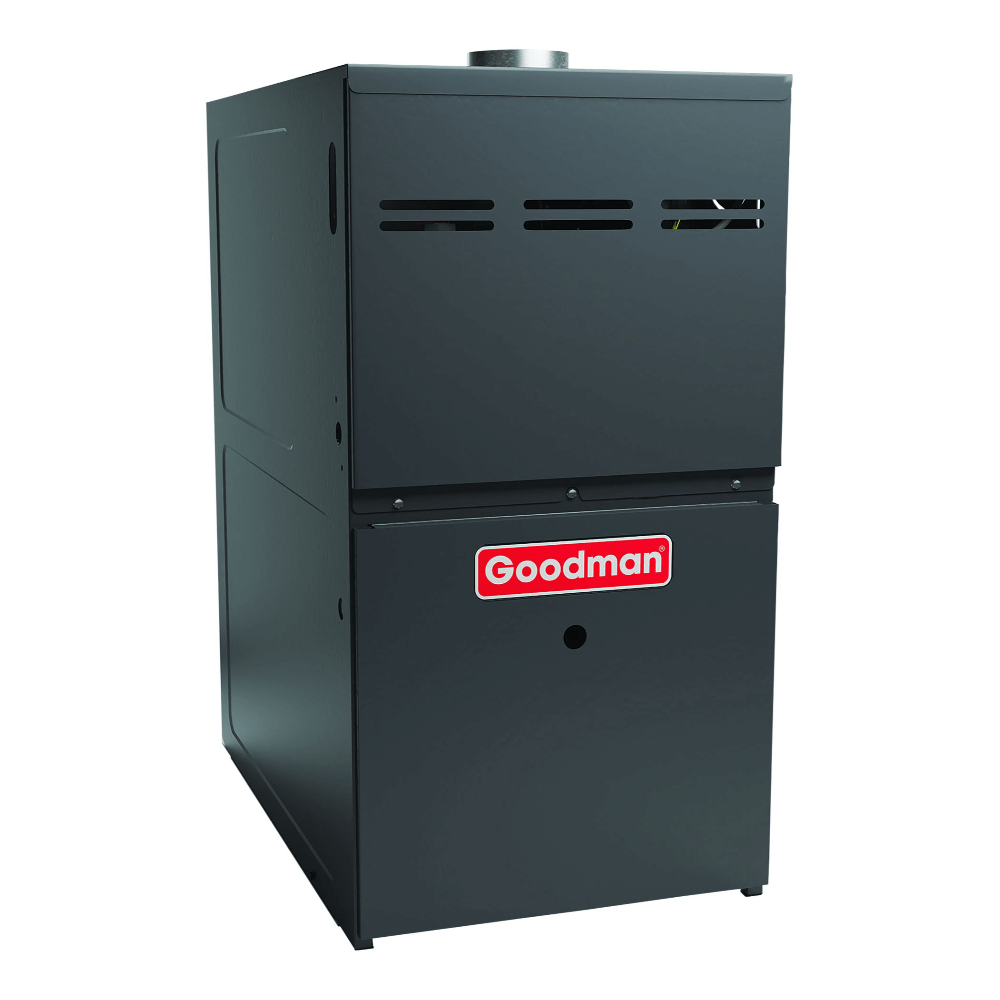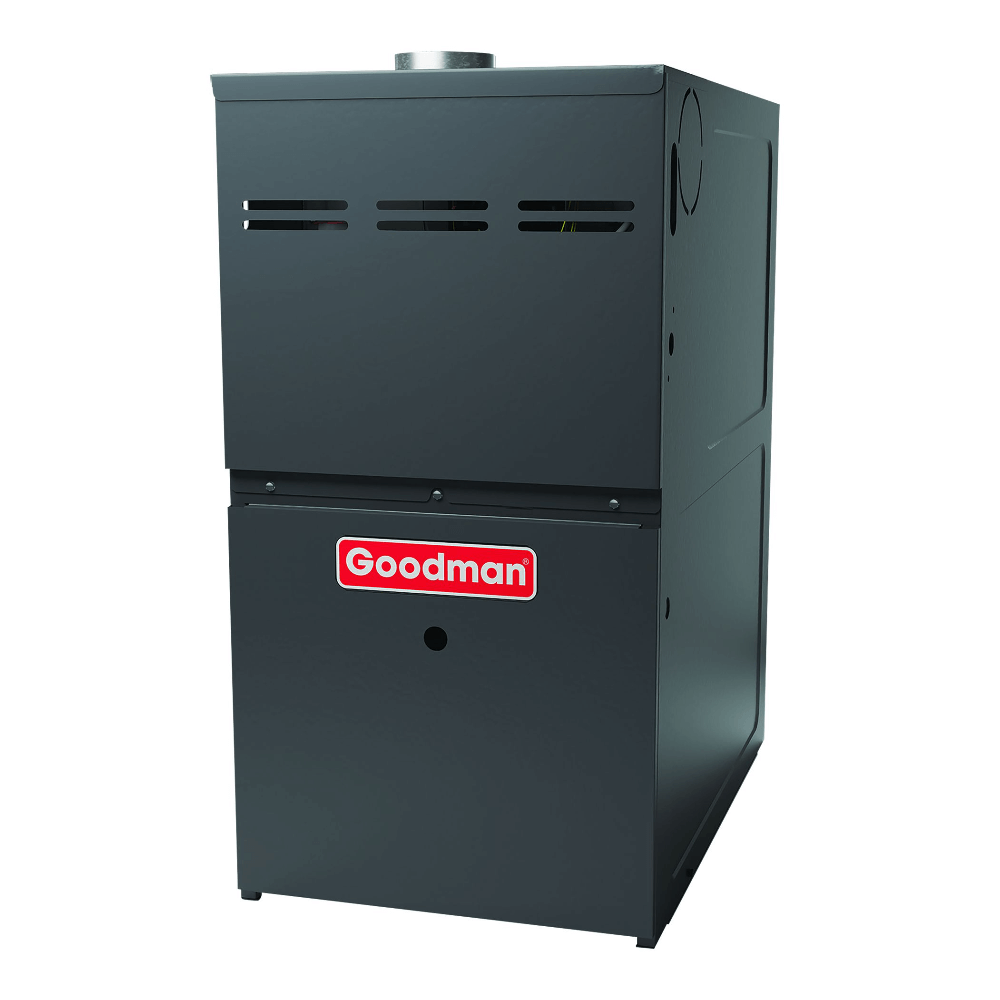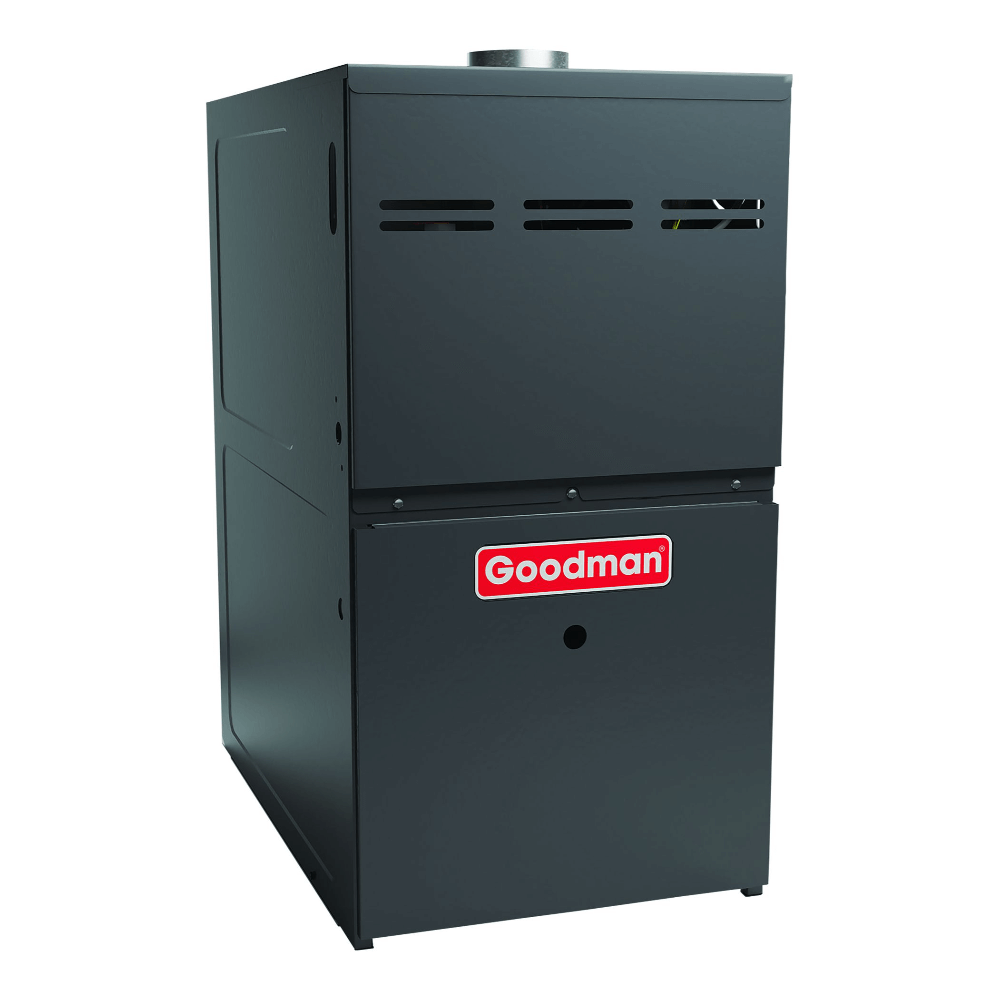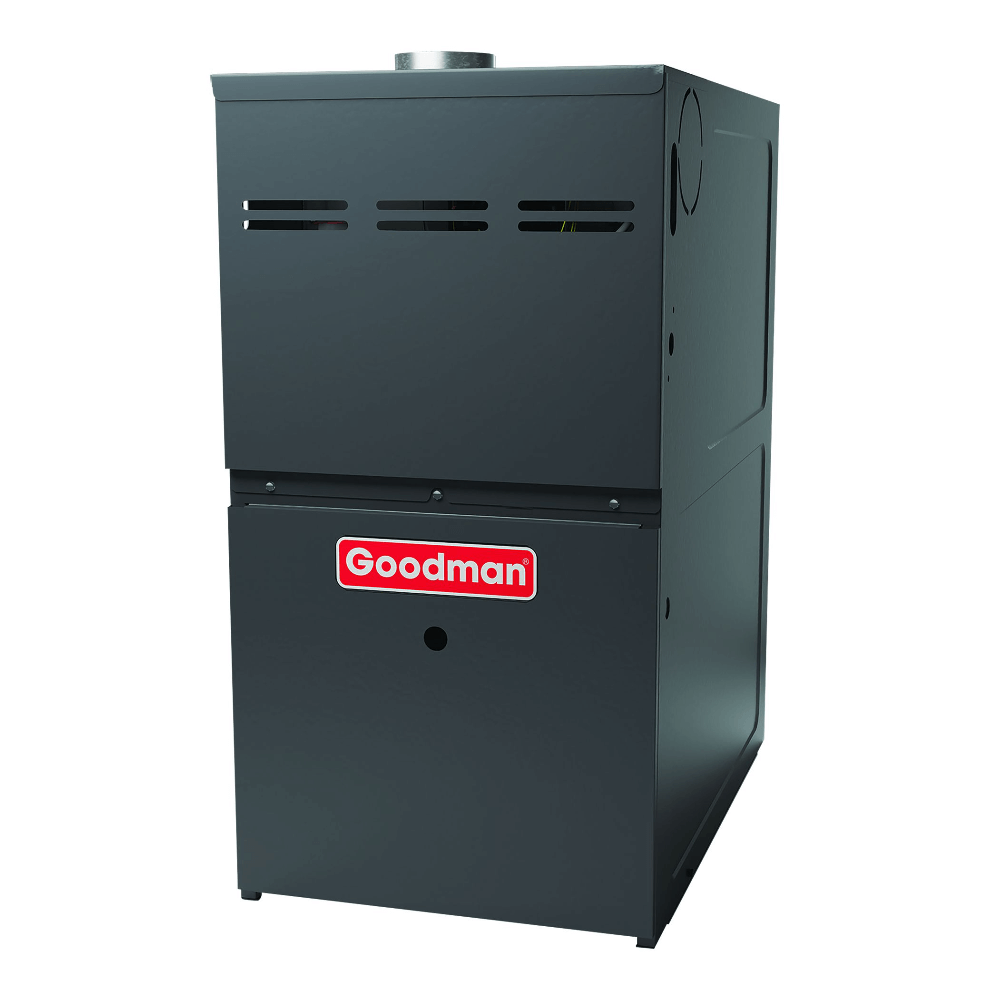Gas absorption heat pump technology brings new possibilities for heating and cooling homes with air-source heat pumps. Electric heat pumps, the current standard, are efficient heating and cooling systems that transfer heat between indoor and outdoor air with refrigerants. Absorption heat pumps use alternative energy sources and a different refrigerant to move the air’s heat.
Gas-fired heat pump technology isn’t entirely new. Gas-fired air conditioners were prevalent fifty years ago until electric air conditioners replaced them with higher efficiencies and lower operation and installation costs. Today’s absorption heat pumps use similar technology to provide efficient heating and cooling to homes that are not amenable to electric heat pumps.

Upgrade Your Heating with Our Heat Pumps: Click to Explore!
What is a gas absorption heat pump?
An absorption heat pump (AHP) is an air-source heat pump that uses an alternative energy source. Whereas standard heat pumps are powered by electricity, AHPs use natural gas, propane, solar-heated water, or geothermal-heated water. Natural gas is the most common source, so AHPs are often called gas-fired heat pumps.
How does an absorption heat pump work?
Absorption heat pumps use an ammonia-water absorption cycle, rather than a vapor-compression cycle, to transfer heat. Ammonia is the refrigerant, and water is the absorber. The ammonia condenses at one of the system’s coils to release heat and evaporates at the other coil to absorb heat.
Absorption heat pumps use thermal compressors consisting of generators and absorbers to pressurize the ammonia instead of standard compressors. The generator, powered by gas or another fuel, boils the ammonia-water solution, increasing its pressure and separating the ammonia into vapor. The weakened ammonia water solution flows into the absorber, and the ammonia vapor enters the condenser. As the ammonia vapor flows through the condenser coils, it condenses and releases heat. The ammonia returns to a liquid state as it cools. It then passes through the expansion valve to reduce pressure and boiling point. Very cold ammonia flows to the evaporator, absorbs heat from the surrounding air, and returns to vapor. The ammonia vapor flows into the absorber, recombines with the weak ammonia-water solution, turns to liquid, and releases additional heat. The solution returns to the generator to restart the cycle.
Types of Absorption Heat Pumps
The two main types of absorption heat pumps, conventional and heat transformer heat pumps, are classified by temperature. The condenser temperature is higher than the evaporator temperature in one kind, and the evaporator temperature is higher than the condenser in the other. The first type outputs moderate heat, and the second outputs high and low-temperature heat.
The two types of absorption heat pumps also differ in efficiency. Absorption heat pump efficiency is measured by the COP (coefficient of performance) rating. The COP is the ratio of heat transferred to energy consumed in BTUs (British thermal units). Higher COP numbers represent more efficiency.
Conventional Heat Pumps
Conventional absorption heat pumps, Type I, are the more common variety. A high-temperature heat source powers a conventional heat pump. The heat pump extracts warmth from the high-temperature heat source and low-temperature waste heat, and it outputs moderate-temperature heat 30 to 60°C warmer than the waste heat. The condenser temperature is higher than the evaporator temperature in this type of heat pump.
Conventional heat pumps reduce the energy needed for heating by absorbing low-temperature waste heat. Conventional heat pumps generally have COPs of 1.5 to 2.5. In contrast, natural gas boilers have COPs of around .95.
Heat Transformer Heat Pumps
Heat transformer heat pumps, Type II, are less common. The heat pump extracts moderate-temperature waste heat and converts it to high-temperature and low-temperature heat output. The high-temperature heat is 25 to 50°C warmer than the waste heat. The condenser temperature is lower than the evaporator temperature in this heat pump style.
Heat transformer heat pumps generally have COPs of .4 to .5.
Benefits of Gas Absorption Heat Pumps
Gas absorption heat pumps are not suitable for every situation. Electric heat pumps are often more efficient, cheaper to operate, and less costly than absorption heat pumps. Absorption heat pumps are alternatives for homes that cannot utilize, or would not benefit from, electric heat pumps.
Absorption heat pumps are practical for houses without electricity, areas where electricity is costly, or cases of substantial, available unused heat. Absorption heat pumps are most fitting when the energy output (heating or cooling) exceeds the input.
Gas absorption heat pumps have advantages over other heating and cooling systems in particular situations:
-
Reduced energy usage
-
Maintained optimal efficiency levels
-
Lower emissions
-
Decarbonization
Reduce energy use
A gas absorption heat pump’s thermal compressor is more efficient and has lower running costs than other gas-fired appliances. Gas absorption heat pumps can reduce energy use by 35% because they are over 100% efficient.
Electricity costs are high in many areas, and increased dependence on electricity strains electrical grids. Although natural gas is a nonrenewable fossil fuel, gas absorption heat pumps use less fuel than other gas heating systems.
Maintain optimal efficiency levels
Gas absorption heat pump efficiency does not decline in cold weather like other air-source heat pumps. Even in frigid conditions, absorption heat pumps distribute more thermal energy than they consume. Homeowners continue to have reduced energy costs and comfortable indoor temperatures without backup heating systems.
The average house size is increasing, and electric heat pumps are not powerful enough for large homes that require zoned systems. Gas absorption heat pumps, however, can serve large buildings and are amenable to zoning.
Lower emissions
Gas absorption heat pumps are eco-friendly and have less environmental impact than other gas systems. Emissions were reduced by 50% when switching from standard-efficiency natural gas furnaces and boilers to absorption heat pumps. Gas absorption technology allows commercial and industrial settings to reduce emissions and avoid costly transitions to electric systems. In addition, an ammonia-water solution replaces the ozone-depleting refrigerants used by electric heat pumps.
Decarbonization
Natural gas is the most popular heating fuel, according to 2021 U.S. Census data. Gas absorption heat pumps produce smaller carbon footprints than other gas appliances, allowing homeowners to reduce their carbon footprints while maintaining natural gas heating systems.

Upgrade Your Heating with Our Heat Pumps: Click to Explore!
Conclusion
Absorption heat pumps are air-source heat pumps that use alternative energy sources. Natural gas is the most common fuel, but absorption heat pumps can also be powered by propane, solar-heated, or geothermal-heated water.
Gas absorption heat pumps have some critical differences from electric heat pumps besides fuel. One, absorption heat pumps use an ammonia-water absorption cycle, rather than a vapor-compression cycle, to transfer heat. Two, they use thermal compressors instead of conventional compressors.
The two absorption heat pump types, conventional absorption heat pumps (Type I) and heat transformer heat pumps (Type II), differ in temperature and efficiency. A high-temperature heat source powers a conventional heat pump. The heat pump extracts heat from the high-temperature source and low-temperature waste heat and outputs medium-temperature heat. Heat transformer heat pumps convert moderate-temperature waste heat to high-temperature and low-temperature heat output. Type-I heat pumps are more efficient.
Absorption heat pumps are only appropriate for some homes; electric heat pumps are better in most situations. However, absorption heat pumps offer many benefits to houses without electricity, areas with high electric rates, and other instances in which the energy output (the amount of heating or cooling) is greater than the energy input, including reduced energy usage, maintained optimal efficiency levels, lower emissions, and decarbonization.

